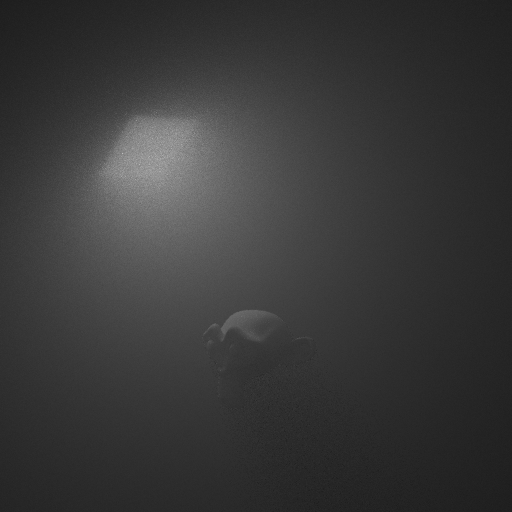Ich versuche (mehr schlecht als recht) meinen Twitteraccount auf C++, #b3d, ray tracing, und Technik zu beschränken und mich aus Politik rauszuhalten.
Heute eine Ausnahme: Ein Entwurf zur Verschärfung des #WaffG, der Bastler ("Maker"), Heim- und Handwerker betrifft:
Heute eine Ausnahme: Ein Entwurf zur Verschärfung des #WaffG, der Bastler ("Maker"), Heim- und Handwerker betrifft:
Die sogenannten Waffenverbotszonen sollen ausgeweitet werden auf Innenstädte, Schulen, etc. Klingt harmlos?
"waffenähnliche gefährliche Gegenstände gelten zum Beispiel Haushaltsmesser, Schraubendreher, Hammer und andere metallene oder scharfkantige Werkzeuge oder Holzstiele"
"waffenähnliche gefährliche Gegenstände gelten zum Beispiel Haushaltsmesser, Schraubendreher, Hammer und andere metallene oder scharfkantige Werkzeuge oder Holzstiele"
Wenn also der Hackspace in der Innenstadt zwei Blocks von euerer Wohnung entfernt ist, kann "mal eben schnell einen Schraubenzieher von zu Hause holen" schon ein Verstoß gegen das WaffG sein.
zdf.de/nachrichten/he…
zdf.de/nachrichten/he…
Gelegenheiten für den unwissentlichen Verstoß gibt es genug. Darf die Tochter zum Wandertag ein Messer dabei haben oder darf sie nur noch braun angelaufene Apfelschnitze aus der Plastikdose essen?
• • •
Missing some Tweet in this thread? You can try to
force a refresh







